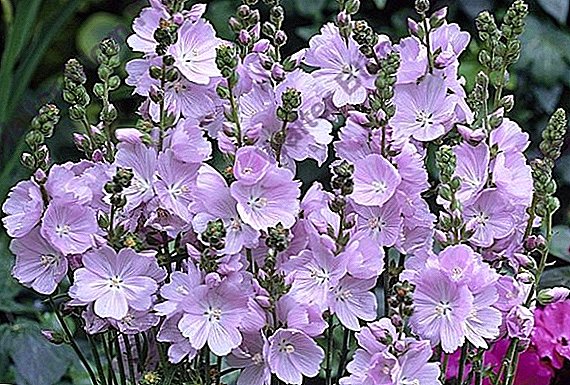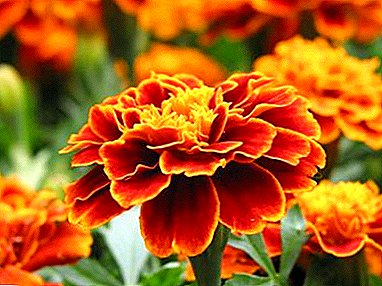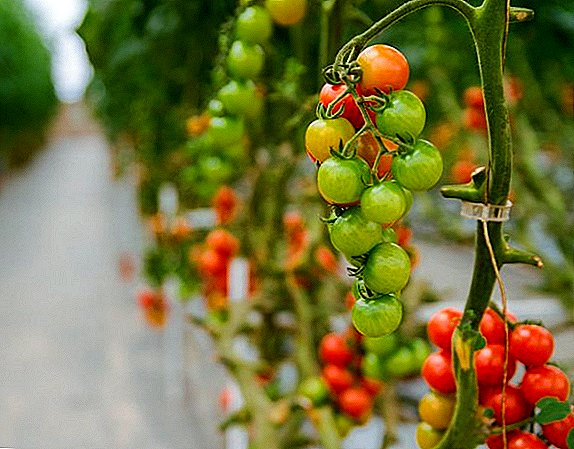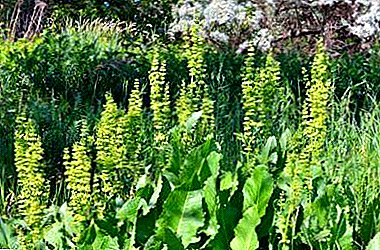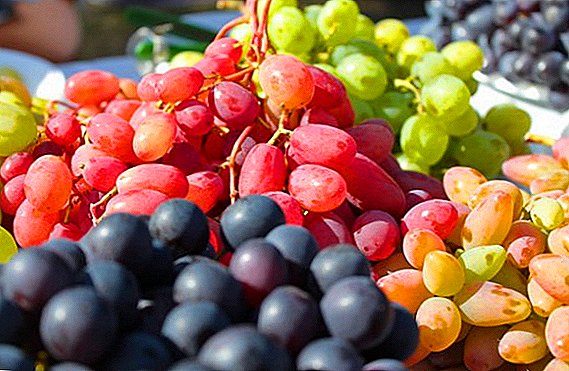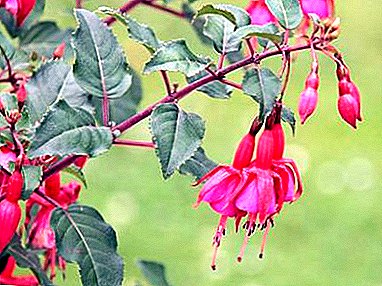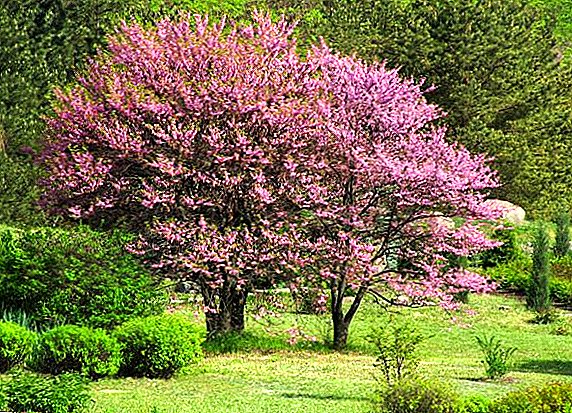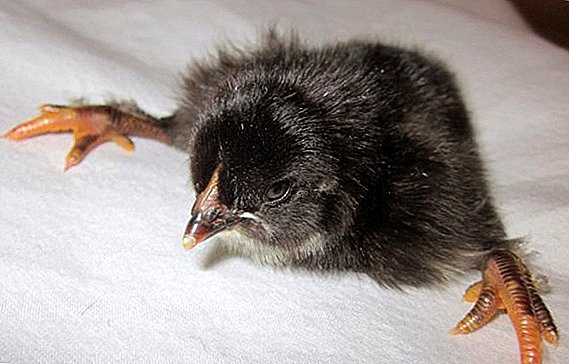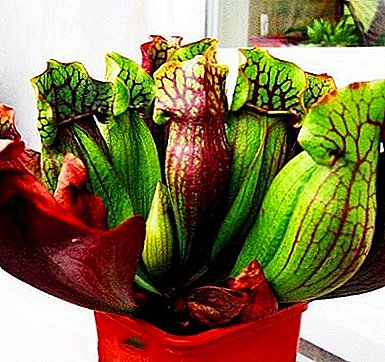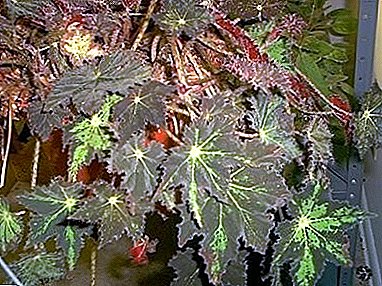
Cleopatra Begonia - decorative flowering plant of the Begonia family. It hails from the tropics and subtropics of Africa, Asia and America.
Other names - begonia boveri, maple leaf.
Description
In indoor growing the plant reaches up to 50 centimeters in height.
Stem thin, erect, covered with hairs.
Leaves dark green, palm-felled shape, pointed at the end.
Appearance has a number of characteristic features that distinguish this plant from others:
- The leaves show different shades depending on the angle of illumination;
- The surface of the underside of the leaves has a red or burgundy color;
- The leaves around the perimeter are covered with small blond hairs.
Care
Cleopatra unpretentious care at home.
Planting and picking a pot
Shallow plastic pots with a wide diameter are used for planting. Clay pots do not resemble due to the fact that the roots can grow into the rough surface of such dishes. Any drainage is put on the bottom: pebbles, expanded clay, shards. 1/3 of the soil is put on the drainage, the plant is set up and powdered with the rest of the soil. Then the soil is shed with warm water.
Priming
The soil should be loose, slightly acidic. You can plant a plant in the ready-made soil, bought in the store, or in the cooked his own.
Watering
Watering should be moderate, avoiding stagnant moisture in the soil. The topsoil should dry out to the next watering.
Light mode

Cleopatra prefers diffuse lighting. In this regard, it chooses a location on the west or east window.
When installing on the window of south orientation plant pritenyat. On the north window the plant will not have enough sunlight and it will begin to stretch, therefore additional lighting with lamps will be required.
Pruning
Pruning is mandatory in the spring or during transplantation. Stretched stems pruned to 5 centimeters above the soil level.
Thermal mode
Temperature range can vary from 17 to 26 degrees.
Begonia does not tolerate drafts.
Breeding
Begonia is well propagated by cuttings, leaves and seeds.
- When propagating by cuttings, a cutting of 5-7 centimeters is cut and placed in water until roots appear. Then the sprouts are transplanted into pots.
- For leaf breeding, a leaf with a stem is cut off, which can be rooted immediately in the ground. Before rooting into the ground need to process slices of the root. After planting in a pot, young plants are fed with liquid fertilizers 1 time in 2 weeks.
- Seed propagation is a difficult but interesting process. The process begins with sowing loose soil on the surface with a slight indentation of seeds into it. Then the soil is slightly moistened, the seed container is covered with a film and placed in a warm place. After a while, the sprouts begin to accustom to dry room air, slowly opening up the protection from the film.
Lifespan

Lives 3-4 years. After this period, the plant is removed again by cutting.
Fertilizer
In spring and summer time needs feeding. Feed should be both mineral and organic fertilizers 2 times a month. For feeding there are specialized fertilizers.
Transfer
Transplant this plant annually in the spring. The pot for transplantation is chosen with a wider diameter than the previous one.
Diseases
Cleopatra is prone to such a characteristic of many begonias disease, as fungal infection. It manifests spotted rot on the leaves. If the plant is sick, the infected areas are removed, and the rest of the plant is treated with a fungicide preparation. In the future, for the prevention of fungal infections, it is necessary to adhere to the correct temperature regime.
Other growing problems:
- Yellowing of the leaves due to excessive watering or too dry air;
- Brown stains caused by nutrient deficiencies;
- Poor growth and lack of flowering in the absence of dressings with potassium and phosphorus.
Proper care will relieve the begonia of the above diseases.
Pests
It is susceptible to damage by shields, thrips and spider mites. To control pests use special chemicals.
Begonia's most common disease is powdery mildew, which blooms affected leaves.
Cleopatra Begonia - unpretentious ornamental plant, which for growth and development requires compliance with some rules for care.
These herb plants with unusual leaves are wonderful. decorate the interior and create a cozy atmosphere in the house.
A photo
Next you can see the photo:






